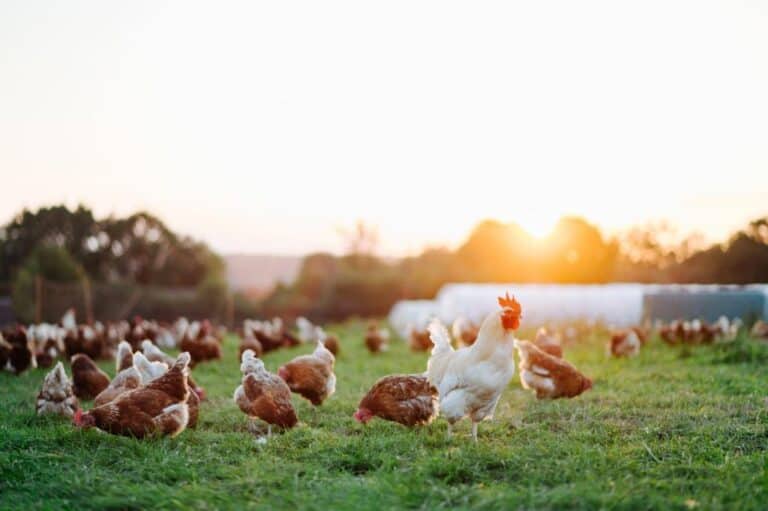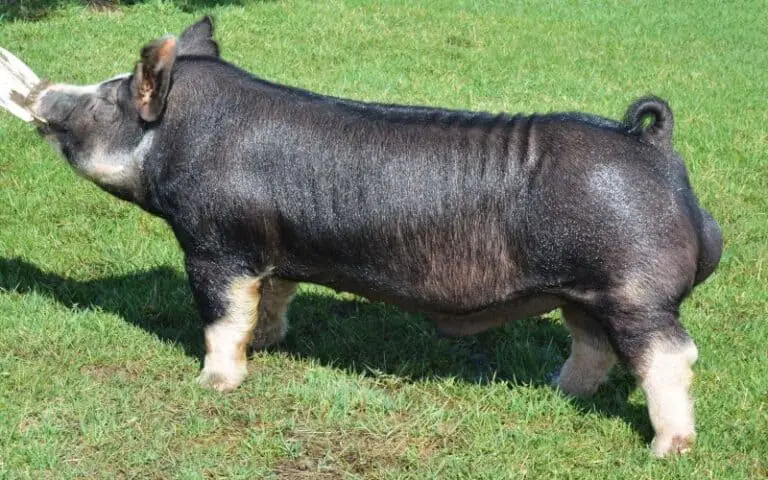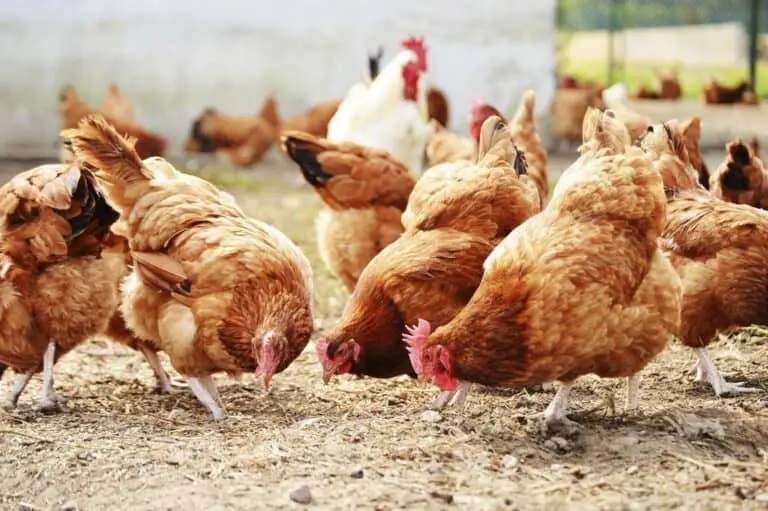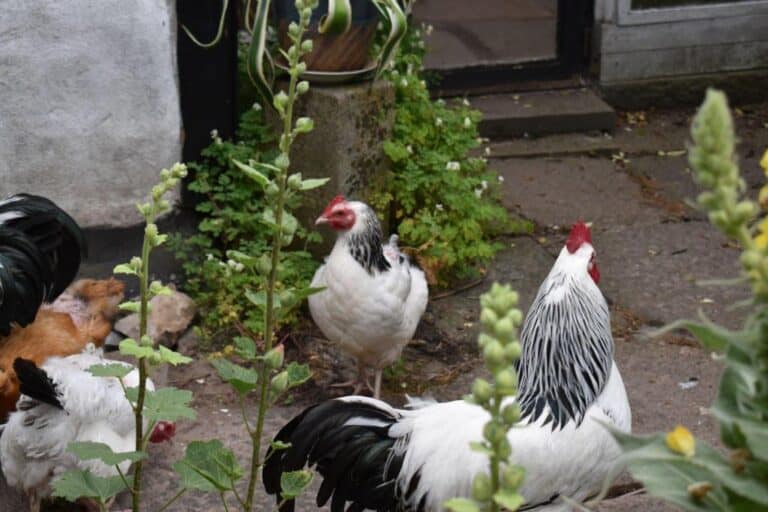How Many Free Range Chickens Per Acre? (Ideal Economic Space Requirement)
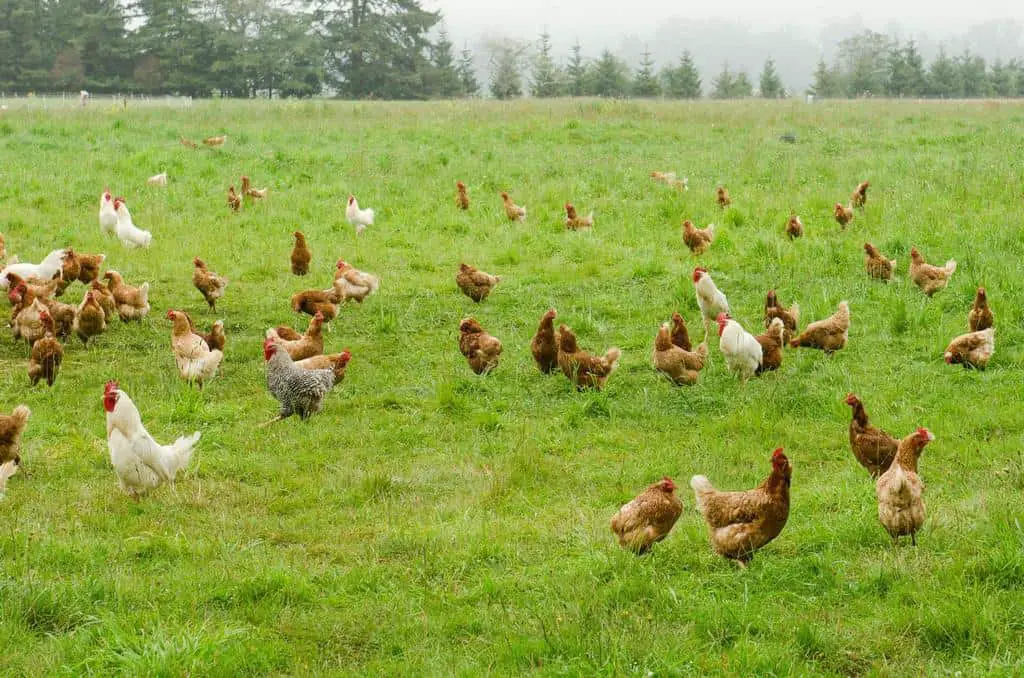
Keeping free-range chickens can be a rewarding experience for backyard farmers and homesteaders. They give fresh eggs and meat and are easy to care for. However, one of the key considerations when keeping chickens is how much space they need.
The question of how many free-range chickens can be kept per acre is a common one among farmers and homesteaders. The answer is not as simple as it may seem, as it depends on several factors, such as the size of the chickens, their foraging habits, and the specific conditions of the property.
For free-range chickens, the traditional safe stocking density is 50 per acre, with a maximum of about 100. But this can be different depending on the type of chicken, the weather, and the way the farm is run
In this article, we’ll talk about the different things that affect how many free-range chickens you can keep per acre. This will help you figure out how many chickens you should have on your property.
Why Do Chickens Need Enough Space?
Free range chickens per definition, are a type of poultry that is kept and raised in an open pasture or agricultural area, instead of the traditional method of being confined to cages. Having enough square footage per chicken is important for a number of reasons.
The first benefit is that it lessens chicken bullying and fighting. Chickens can be quite territorial and aggressive, and if they don’t have enough space, they may start to fight with each other. This can lead to injuries, stress, and even death.
Not only does having enough space stop bullying, but it also stops the spread of disease. Chickens that are crowded together are more likely to get sick, as diseases can easily spread from bird to bird. This can lead to significant losses for a farmer and can also be dangerous for consumers if the eggs or meat from infected chickens are not properly handled.
However, having too much space is not suitable for chickens either. If chickens have too much space, they may not be able to find food and water easily, and they may not be able to stay warm during cold weather. This can lead to health issues and reduced egg production.
How Many Square Feet Per Chicken Needs?
The specific amount of space needed will depend on the type of chicken and the purpose of the flock. For free-range chickens kept as backyard pets, a minimum of 2-3 square feet per bird is recommended. For egg-laying flocks, 4-5 square feet per bird are recommended, and for broiler chickens, around 2-3 square feet per bird are recommended.
It’s always best to talk to a poultry expert to make sure you’re giving your chickens the best place to live.
How Many Free Range Chickens Per Acre?
The traditional safe stocking density for free-range chickens is 50 per acre, with a maximum of around 100. But this can be different depending on the type of chicken, the weather, and the way the farm is run.
The USDA doesn’t have any rules about how much space a “free range” labeled poultry product must have, but people who support humane farming suggest at least 2 square feet per bird. This is considered the bare minimum to make sure that chickens have enough space to move around and do things that come naturally to them, like foraging, bathing in the dust, and standing on their heads.
The HFAC’s Certified Humane® “Free Range” requirement is 2 sq. ft. per bird. This standard makes sure that chickens have enough space to do what comes naturally to them and that they have a safe and healthy place to live.
WARNING
The stocking density and space requirements are not only important for the chickens’ welfare but also for the overall production. Chickens that are too crowded can suffer from stress and poor health, which can lead to reduced egg production or even death. So, make sure the chickens have enough room to live comfortably, stay healthy, and keep laying eggs.
Factors Affecting Economic Space Requirement
1. Feed Costs
Feed is one of the biggest expenses for a farmer raising free-range chickens. The more feed that is required, the more it will cost to raise the birds. The free-range chickens will have access to forage, which will reduce the feed cost. But farmers still have to think about how much it costs to feed their animals.
2. Labor Costs
The more labor-intensive a farming operation is, the higher the labor costs will be. In free-range chicken farming, the chickens have access to the outdoors, which means that they need to be checked on and managed more frequently than confined birds. This can add to the labor costs.
3. Land Costs
Land is another significant expense in free-range chicken farming. The greater the amount of land required, the higher the cost of raising the birds. The free-range chickens will need space to move around and forage, which will increase the land requirement.
4. Infrastructure Costs
The free-range chickens will need shelter, nesting boxes, which will increase the infrastructure cost compared to confined birds.
5. Market Demand
The demand for free-range chicken products can affect the economic space requirements for farmers. If there is more demand for these goods, prices can go up and farmers can make more money. But if people don’t want free-range chickens, it might not be a good idea from a business point of view.
Best Soils for Free-Range Chickens
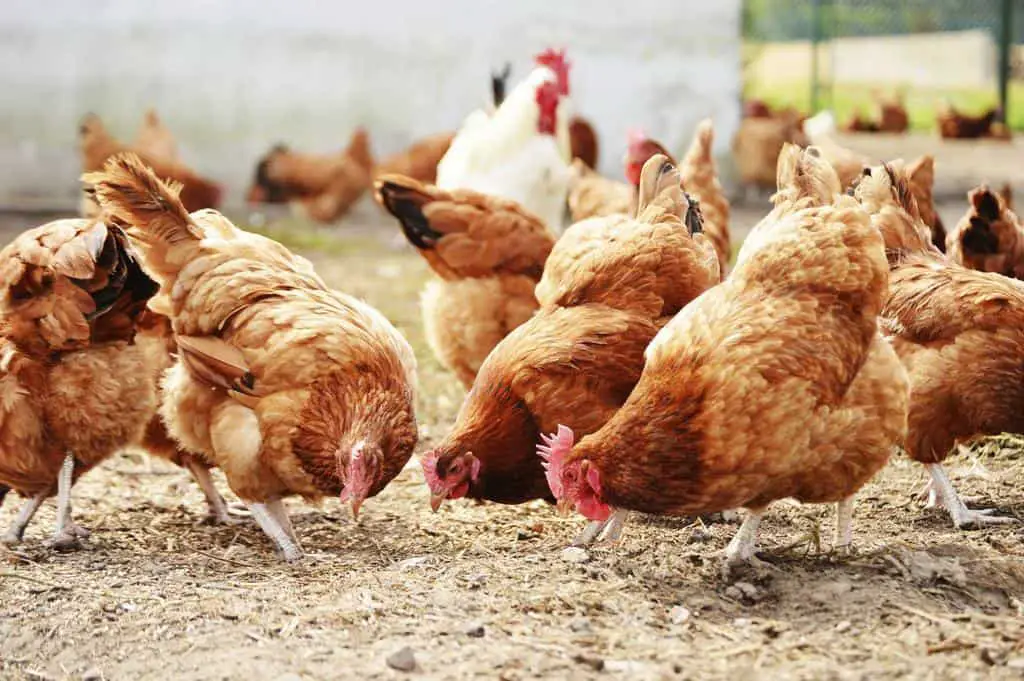
In order for your chickens to thrive, it is important to provide them with the right type of soil. The best soils for free-range chickens are those that are nutrient-rich, well-draining, and easy to work with.
One of the best soils for free-range chickens is loamy soil. This type of soil is a combination of clay, sand, and organic matter, and it is known for its ability to hold moisture while also draining well.
This makes it an ideal choice for free range chicken benefits, as they need a steady supply of water to stay healthy and produce eggs. Loamy soil is rich in nutrients, which will help your chickens stay strong and healthy.
Another great soil type for free-range chickens is sandy soil. This type of soil is well-draining and easy to work with, and it is known for its ability to hold onto nutrients. Chickens love to forage in sandy soil, and it is easier for them to find food and insects that they need for a balanced diet. Sandy soils are also relatively dry, which can help to prevent the growth of parasites and other pests that can harm your chickens.
Clay soils can also be a good option for free-range chickens. Clay soils are known for their ability to hold onto nutrients, and they are also relatively heavy and compact, which can help to keep predators out of your chicken coop. When choosing a soil for your free-range chickens, keep in mind that clay soils can be hard to work with and waterlogged.
Fencing for Free Range Chickens
Fencing is an essential component of keeping free-range chickens safe and secure. Without proper fencing, chickens can easily get lost and be eaten by predators, or they can damage gardens and other properties in the area.
When it comes to fencing for free-range chickens, there are several options to consider, each with its own set of pros and cons.
1. Chicken Wire
Chicken wire fencing is a good choice for those on a tight budget because it is cheap, light, and easy to put up. Chicken wire is also versatile and can be used to create a variety of different shapes and sizes of enclosures, such as a small run or a large pasture. But chicken wire isn’t very strong, and animals like raccoons and foxes can easily cut or bend it.
2. Electric Fencing
Another option for fencing is electric fencing. Electric fencing keeps predators away very well and can be used to close off large areas of land. It is also easy to set up and keep up, and you can use a battery or a solar panel to power it.
But electric fencing can be expensive, and it needs to be checked and fixed often to make sure it works right. Be aware that it can be dangerous for chickens and other animals to come into contact with the fence.
3. Wooden Fencing
A more permanent option for fencing is wooden fencing. Wooden fencing is sturdy and can provide a long-lasting barrier for your chickens. It can be used to create a variety of different styles, such as a simple picket fence or a more decorative design. Wooden fencing, on the other hand, can be expensive and needs regular upkeep to keep it from rotting or warping.
4. Combination Fencing
Finally, a combination of multiple types of fencing can also be used. For example, a combination of chicken wire and electric fencing can provide a strong barrier that is both cost-effective and secure.
Conclusion
The number of free-range chickens that can be kept per acre can vary depending on the specific conditions of the property and the management practices used.
Generally, the amount of space that chickens need can be determined by their size and their foraging habits. As a rule of thumb, 50 to 100 free-range chickens can live comfortably on one acre, but this can change depending on things like the amount of plants, the number of predators, and the size of the coop and run.
It is important to provide enough space for chickens to forage and move around freely, and to keep an eye on the chickens to ensure that they are healthy and comfortable.
Also, it’s important to think about the rules and laws in your area about how many chickens you can have per acre. It’s always best to consult with a local expert or the authorities to make sure that you are adhering to the rules and regulations.

